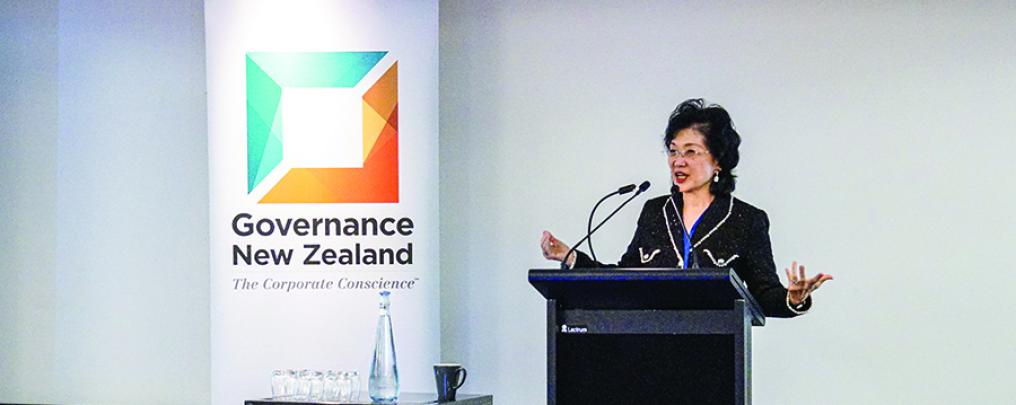
Competition law enforcement – What can we learn from the first two competition law enforcement actions in Hong Kong?
Sunday | 22 December 2019
Connie HY Lee and Tommy Cheung, Barristers-at-Law, Des Voeux Chambers, consider the implications of Hong Kong’s first two competition law enforcement actions, with a focus on the attribution of liability.
Overview of the competition law regime
Hong Kong joined over 130 jurisdictions around the world in having a cross-sector competition enforcement regime when the full provisions of the Competition Ordinance (Cap 619) (CO) came into force on 14 December 2015. The CO regulates or provides for the following:- agreements which may harm competition (the First Conduct Rule)
- abuse of substantial market power (the Second Conduct Rule), and
- merger control for the telecommunications industry (the Merger Rule).
First Conduct Rule
The First Conduct Rule is set out in Section 6(1) of the CO. It provides that an undertaking (that is, any entity engaged in economic activity; see Section 2(1) of the CO) – if the object or effect of the agreement, concerted practice or decision is to prevent, restrict or distort competition in Hong Kong – must not:- make or give effect to such an agreement
- engage in such a concerted practice, or
- as a member of an association of undertakings, make or give effect to such a decision of the association.
Second Conduct Rule
The Second Conduct Rule is set out in Section 21(1) of the CO. It prohibits an undertaking which has a substantial degree of market power in a market from abusing that power by engaging in conduct that has as its object or effect the prevention, restriction or distortion of competition in Hong Kong. In determining whether an undertaking has a substantial degree of market power, the following matters listed in Section 21(3) of the CO will be considered:- market share of the undertaking
- the undertaking’s power to make pricing decisions, and
- any barriers to entry to competitors into relevant markets.
Merger Rule
The Merger Rule is established by schedule 7 and takes effect pursuant to Section 162 of the CO. It prevents an undertaking from directly or indirectly carrying out a merger that has, or is likely to have, the effect of substantially lessening competition in Hong Kong. Nevertheless, the rule only applies where an undertaking that holds a carrier licence within the meaning of the Telecommunications Ordinance (Cap 106) is involved in a merger.The significance of the competition law regime
The significance of this new regime must not be overlooked. First, the regime applies to all Hong Kong’s economic sectors, including the construction sector, the financial services industry, retail sectors, the telecommunications and broadcasting sector and the transport industry (see Conor Quigley QC and Suzanne Rab, Hong Kong Competition Law; Hart Publishing, 2017, Chapter 7). Second, undertakings, including natural persons, that contravene the rules may face serious consequences. They could face pecuniary fines of up to 10% of the turnover (that is, revenue before deduction of expenses) during the period of contravention. If that contravention occurs for more than three years, the cap is at 10% of the turnover of the three years with the highest turnover (see Section 93(3) of the CO). Third, natural persons involved in a contravention of the rules may also face pecuniary fines. The Tribunal can also seek a disqualification order of up to five years against directors of the companies involved in the infringement (see Sections 101–102 of the CO).The two enforcement actions
On 17 May 2019, the Tribunal handed down its judgments on the first two enforcement actions involving a breach of the First Conduct Rule: (i) Competition Commission v Nutanix Hong Kong Ltd and Others [2019] HKCT 2 (the Nutanix decision), and (ii) Competition Commission v W Hing Construction Co Ltd and Others [2019] 3 HKLRD 46 (the W Hing decision). The Tribunal ruled that the criminal standard of proof applies in enforcement actions seeking a pecuniary penalty for contravention of competition law. This set Hong Kong apart from the UK, Canada, New Zealand, Singapore and Australia as the only common law jurisdiction that applies a criminal standard of proof, in other words, beyond reasonable doubt. This is a very onerous standard for the Commission to meet. In particular, most competition law infringements are necessarily clandestine by nature. These two landmark decisions also laid down many other significant rulings that have helped to shape the landscape of the new competition law regime. We will however focus on the doctrine of attribution of liability: (i) whether a rogue employee’s contravention can bind his/her employer, and (ii) whether an independent contractor’s contravention can bind a party.The Nutanix decision
In this first enforcement action, the Tribunal found all but one of the five respondents – each of which was an IT company – liable for contravening the First Conduct Rule by engaging in bid-rigging concerning a tender for the supply and installation of a new IT server system for YWCA in 2016. In brief, ‘dummy bids’ were arranged to be submitted in order to assist BT Hong Kong Ltd’s bid. This enforcement action has far-reaching implications for when liability of an employee can be attributed to an employer.- The conduct of submitting a dummy bid by a junior rogue employee of the third respondent (SiS International Ltd), whose general duties did not include submission of tenders nor provision of any binding quotation, was not attributable to SiS (see paragraphs 375 to 377 of the Nutanix decision).
- In reaching this decision, the Tribunal formulated a somewhat new test for attribution of liability in Hong Kong, that is, the ‘sufficient connection’ test, stating that: ‘There must be a sufficient connection between the acts of the employee in question and the undertaking so that the former can properly be regarded as part of the latter in the relevant context’ (see paragraph 372 of the Nutanix decision).


